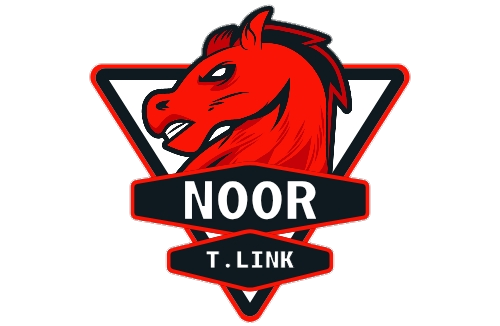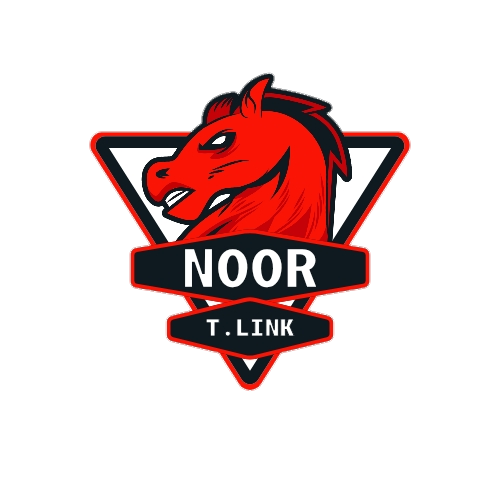Imagen Network and Kalp Network have announced a strategic collaboration aimed at redefining the way real-world assets (RWAs) are represented and exchanged in the Web3 ecosystem. This partnership seeks to combine artificial intelligence-powered content creation tools with a cross-chain infrastructure designed for legal and regulatory compliance, forming a secure and scalable approach to RWA tokenization.
Bringing AI to the Forefront of Digital Ownership
Imagen Network stands out as a decentralized social platform that is entirely powered by artificial intelligence. The platform leverages sophisticated generative AI models such as DALL·E and Stable Diffusion to facilitate creative output within a blockchain framework. The integration of these technologies allows users to engage in creative expression while ensuring verifiable digital ownership of their creations through decentralized infrastructure.
By working with Kalp Network, Imagen aims to broaden the utility of AI-generated content by embedding it within a compliant and interoperable framework for asset tokenization. The partnership intends to enable new forms of secure ownership, allowing AI-generated digital assets to be tokenized and traded while adhering to strict compliance standards.
Kalp Network’s Infrastructure for Tokenized Assets
Kalp Network brings to the partnership a robust, compliance-oriented, cross-chain ecosystem designed to support the growing RWA sector. The platform offers full-stack tokenization infrastructure, including permissioned bridges that facilitate liquidity across multiple networks such as Avalanche, Manta, and Berachain.
Kalp’s infrastructure is further strengthened by alliances with leading compliance service providers such as Chainalysis and KPMG, which help integrate know-your-customer (KYC) and anti-money laundering (AML) procedures directly into the platform. This enables Kalp to deliver a secure and regulation-ready environment for token issuance and exchange.
The network’s trading platform, STOEX, already manages a pipeline exceeding $1.3 billion in tokenized real-world assets, ranging from real estate to commodities. Additionally, Kalp has developed Blockchain-as-a-Service (BaaS) solutions through Kalp Studio, which are accessible to over 15 IT firms, making it easier for organizations to adopt compliant blockchain technologies.
🚀 Partnership Announcement! 🚀
We’re excited to announce our partnership with @Imagen_Network 🎉
Imagen is the world’s first decentralized social platform fully powered by AI—combining models like DALL•E and Stable Diffusion with blockchain to enable secure, creative, and… pic.twitter.com/BaDk9Q64gc
— Kalp (@Kalp_Official) June 9, 2025
Kalp’s broader suite of tools, including Kalp Gateway and its software development kit (SDK), facilitates intelligent cross-chain routing while satisfying regulatory demands. These features provide essential support for the secure transfer and verification of tokenized assets across multiple blockchain environments.
Strengthening Regulatory Trust in Web3 Integration
The collaboration between Imagen and Kalp is centered on a shared commitment to regulatory compliance and privacy preservation. Both entities have aligned their systems with regulatory guidelines set forth by authorities such as VARA (Virtual Assets Regulatory Authority), IFSCA (International Financial Services Centres Authority), and QFCA (Qatar Financial Centre Authority). This alignment is intended to ensure that all digital asset operations adhere to globally recognized governance standards.
By integrating Imagen’s AI-powered creative tools with Kalp’s regulatory tokenization platform, the partnership aims to create a compliant and scalable model for digital asset ownership. The initiative is expected to support enterprise adoption of blockchain technologies by providing a system that balances innovation with regulatory security.
Ultimately, the partnership between Imagen and Kalp is being positioned as a blueprint for the future of compliant RWA tokenization, with the potential to drive wider adoption across both creative and institutional sectors in the Web3 economy.



